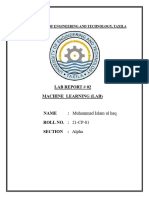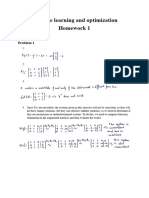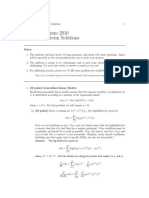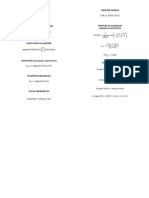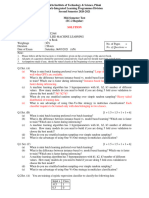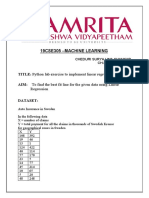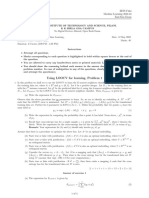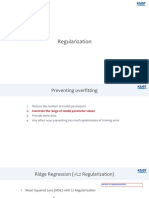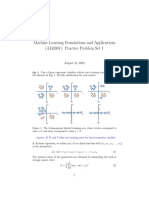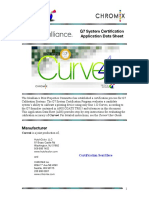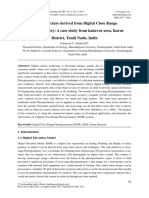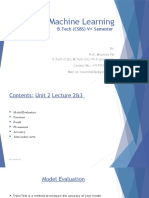0% found this document useful (0 votes)
10 views16 pagesMachine Learning Homework1 Solutions
The document presents solutions to four machine learning problems, including polynomial regression and multivariate regression, highlighting optimal degrees and regularization techniques. It also proves properties of logistic functions and implements a logistic regression algorithm in MATLAB, detailing the performance metrics and convergence rates for various hyperparameter settings. The findings indicate that the model can achieve 100% accuracy with zero classification error under specific conditions.
Uploaded by
harishbalaji0905Copyright
© © All Rights Reserved
We take content rights seriously. If you suspect this is your content, claim it here.
Available Formats
Download as PDF, TXT or read online on Scribd
0% found this document useful (0 votes)
10 views16 pagesMachine Learning Homework1 Solutions
The document presents solutions to four machine learning problems, including polynomial regression and multivariate regression, highlighting optimal degrees and regularization techniques. It also proves properties of logistic functions and implements a logistic regression algorithm in MATLAB, detailing the performance metrics and convergence rates for various hyperparameter settings. The findings indicate that the model can achieve 100% accuracy with zero classification error under specific conditions.
Uploaded by
harishbalaji0905Copyright
© © All Rights Reserved
We take content rights seriously. If you suspect this is your content, claim it here.
Available Formats
Download as PDF, TXT or read online on Scribd
/ 16










